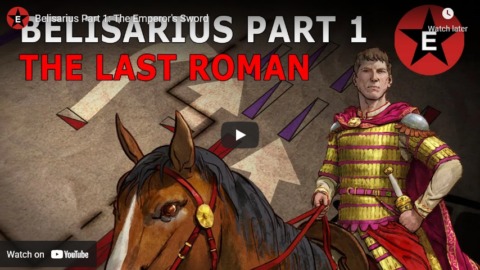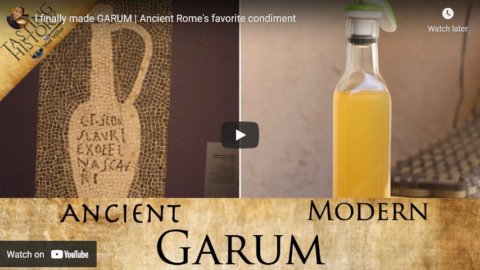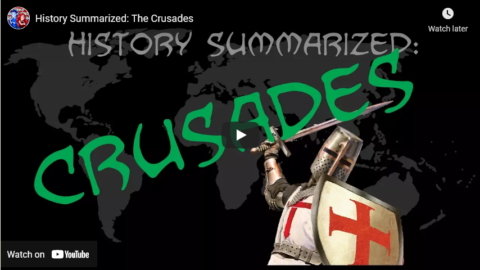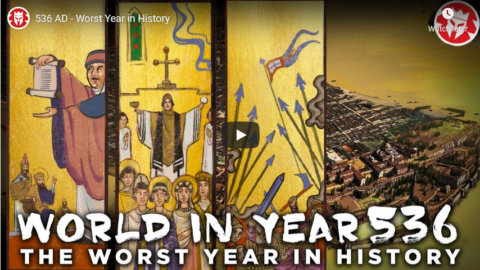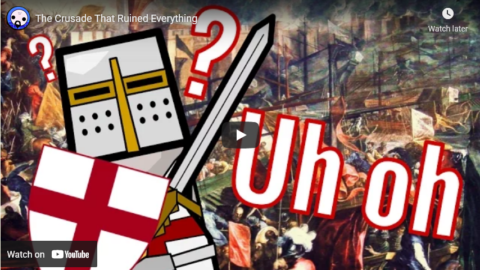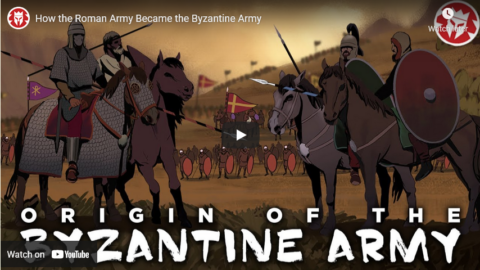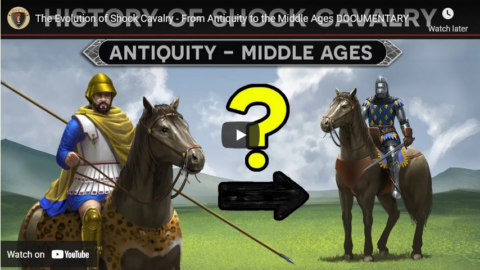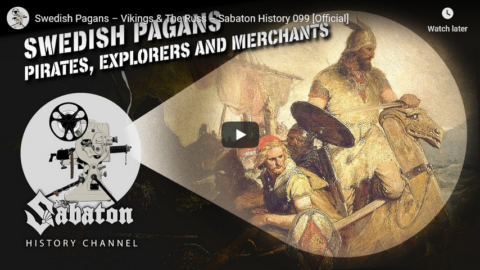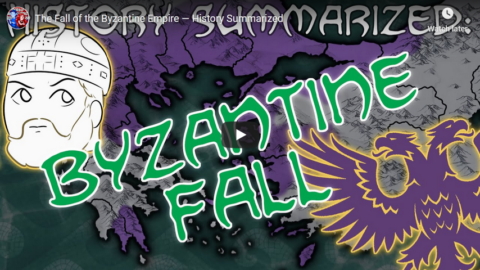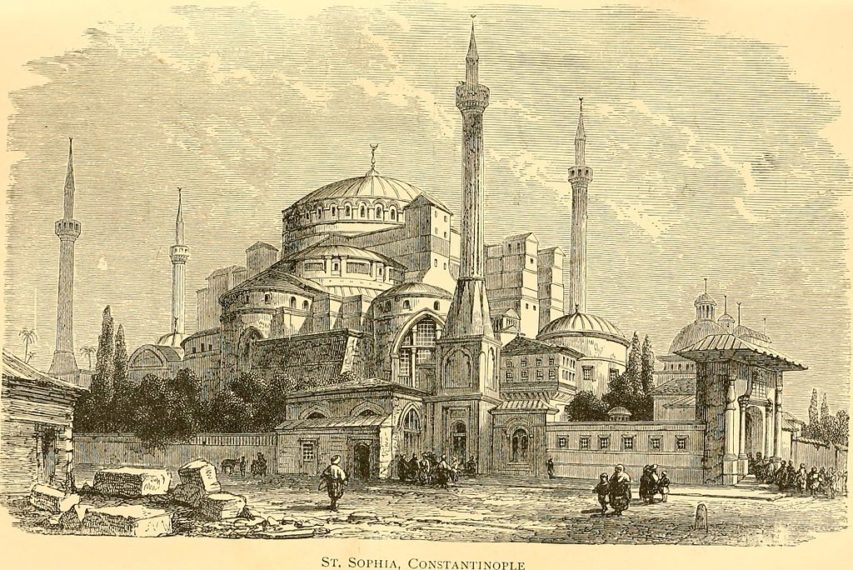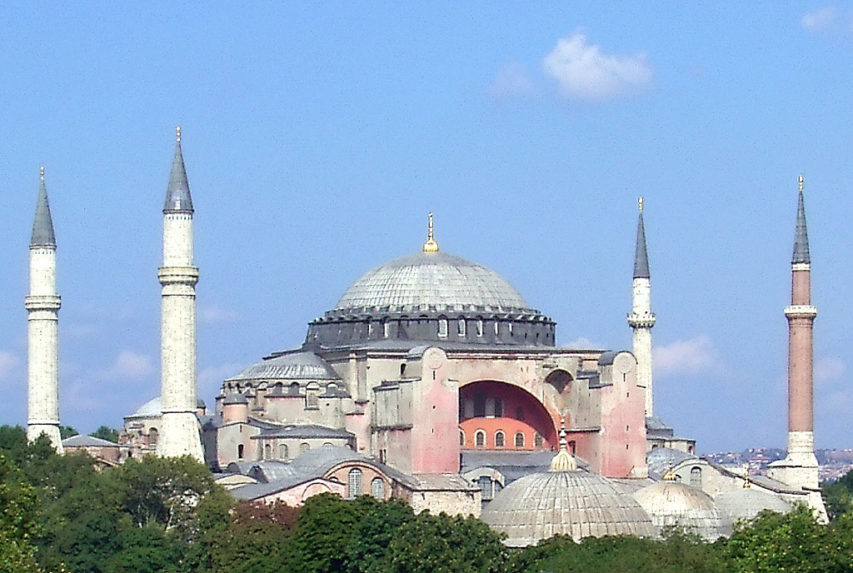Epic History TV
Published 30 Sep 2021Thank you to our sponsor Brilliant – the first 200 to sign up to their Premium service get 20% off: https://brilliant.org/epichistory
Big thanks to Legendarian for Total War: Attila gameplay footage, check out his YouTube channel here: https://www.youtube.com/channel/UCOI2…
Total War: Attila gameplay footage used with kind permission of Creative Assembly — buy the game here: https://geni.us/qDreR
Thanks also to the 555 mod crew for modding support, find out more about their mods here: https://steamcommunity.com/sharedfile…
🎨 Original artwork by Miłek Jakubiec https://www.artstation.com/milek
🎨 Thanks to Igor Dzis for permission to use his painting, Battle of Dara.📚Recommended reading (as an Amazon Associate I earn from qualifying purchases):
📖Procopius, History of the Wars https://geni.us/L3Pgc
📖The Wars of Justinian by Michael Whitby https://geni.us/Xxrd3
📖Rome Resurgent by Peter Heather https://geni.us/ZFoU1
📖The Armies of Ancient Persia: the Sassanians by Kaveh Farrokh https://geni.us/jMQo3z
📖Late Roman Cavalryman AD 236–565 (Osprey) by Simon MacDowall https://geni.us/XMGlSupport Epic History TV on Patreon from $1 per video, and get perks including ad-free early access & votes on future topics https://www.patreon.com/EpicHistoryTV
👕 Buy EHTV t-shirts, hoodies, mugs and stickers here! teespring.com/en-GB/stores/epic-histo…
🎶Music from Filmstro: https://filmstro.com/?ref=7765
Get 20% off an annual license with this exclusive code:EPICHISTORYTV_ANN#EpicHistoryTV #RomanEmpire #EasternRomanEmpire #Justinian #Belisarius #ByzantineEmpire
I first discovered the Eastern Roman Empire in Robert Graves’ brilliant novel Count Belisarius which I read nearly 50 years ago and still re-read every few years. If the raw history isn’t your bag, try the historical fiction — closely based on the works of Procopius — heartily endorsed by pre-teen me.

